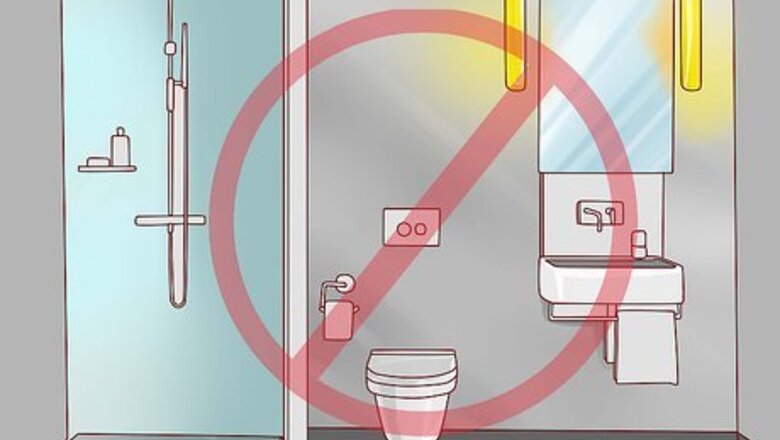
views
X
Trustworthy Source
Centers for Disease Control and Prevention
Main public health institute for the US, run by the Dept. of Health and Human Services
Go to source
Getting out of an abusive situation can be difficult. Abusers frequently use psychological tactics, threats, and coercion to keep their partners in relationships with them, and may become increasingly violent when their victims end relationships. There are things you can do to help protect yourself against domestic violence, both while you are in an abusive situation and after you have left.If you need immediate help, call the National Domestic Violence Hotline at 1-800-799-SAFE or call your local emergency services.
Protecting Yourself in Immediate Danger

Stay away from dangerous places in the home. If you are in an immediately threatening situation, stay out of places in your home where you could become trapped. This includes rooms such as closets, bathrooms, and other small spaces where you might not be able to leave. Find a room with a door or window if you can. If the situation escalates, you'll be able to leave. Avoid rooms like the kitchen. Abusers can use many things in a kitchen, including knives, as weapons. If you can, find a room that locks from the inside. Lock your abuser out.
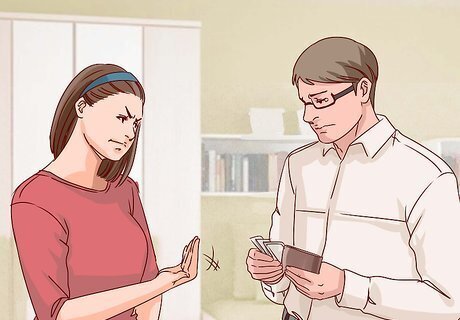
Give the abuser what s/he wants, if necessary. If you are in a dangerous situation, consider giving the abuser what s/he is demanding. Remember that you have a right to protect yourself and stay safe. There is no reason to feel ashamed or wrong for doing whatever is necessary to preserve your safety.
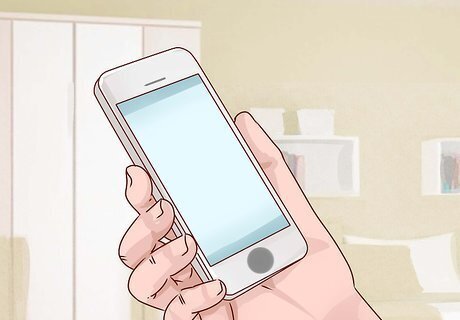
Get to a phone. If you have a cellphone, keep it with you at all times. If you don't have a cellphone or can't find it, get to a room with a phone so that you can call for help. In the United States, you can call 911 for free on almost any public phone or landline.
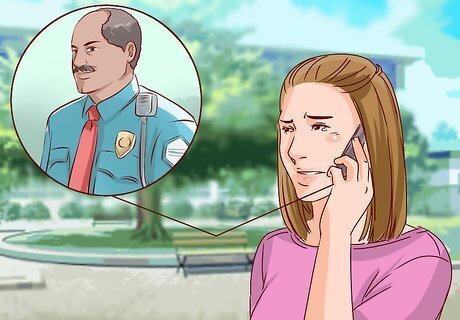
Call emergency services. Call the police once you are in a (relatively) safe place to do so. Tell the dispatcher that you are in danger from your abuser and that you need someone to come to the house directly. If you are able to leave the house, tell the dispatcher where you are going and how to contact you.
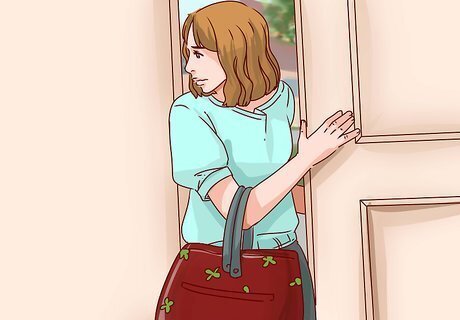
Get out of the house if you can. It could take some time for the police to respond to your call. If it's possible, run to a neighbor's house for safety. Just be sure you let the emergency services dispatcher know where you are going so that the officers can find you.

Give the police as much detail as possible. When the police arrive, tell them exactly what happened in as much detail as possible. If you can, show them any injuries or property destruction that occurred. Make sure you get the officers' badge numbers and names. Seek medical attention if you were hurt. Ask for a copy of the police report and your case number. Document any injuries or property destruction with photos. Get statements from any witnesses.
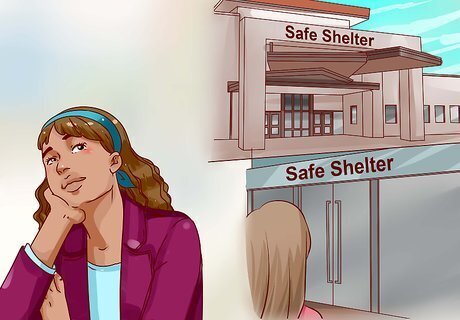
Find a safe shelter. In some cases, the police are obligated to make an arrest for domestic violence incidents. However, in some cases they are not able to make an arrest. You need to find a place to stay safe from your abuser. Domestic violence hotlines can help you find safe shelters in your area. If you were injured, the shelter can often help arrange medical attention. You do not have to give any personal information about yourself to shelters. If it helps you feel safer, give a false name.
Protecting Yourself In an Abusive Situation

Get a secure phone. There are many ways that abusers can monitor your phone use. An abusive partner can install an app on your phone that can track your calls or listen in on them, or s/he can use the GPS feature to track where you are. Consider getting a prepaid cellphone or another phone that your partner does not know about. Some domestic violence shelters offer free cell phones to survivors of domestic abuse. Call a domestic violence hotline or contact an agency in your area to learn more. When calling friends or family for help, call collect, use your “secret” phone, or use a prepaid phone card. Otherwise, the numbers you call will show up on your phone bill, and your abuser might be able to track you down using them.

Use computers and mobile devices with caution. Your internet access may be monitored. When possible, use computers at a public library or a trusted friend or family member's house. Remember that your abuser may have your login information and could read your emails or social media activity. Update usernames and passwords for all your online accounts. Create a new email account for the purpose of discussing your safety. Some women's shelters and domestic abuse organizations may provide computers for your use.
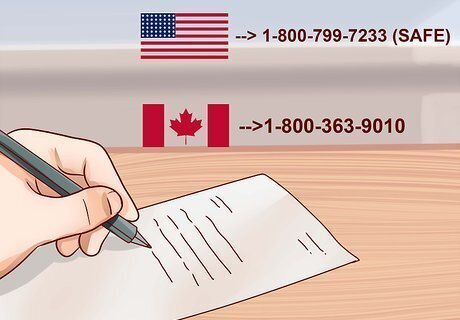
Create and memorize a list of emergency contacts. Ask several people you trust if you can contact them if you are in danger or need assistance. Memorize the phone numbers and addresses for organizations and people who are willing to help you, such as your local women's shelter. If you have purchased a secret prepaid cellphone, program these contacts into its memory. Your list should include your nation's domestic abuse hotline. In the United States, this number is 1-800-799-7233 (SAFE). In the United Kingdom, the number is 0808 2000 247. In Canada, call 1-800-363-9010. A global directory of domestic abuse hotlines is available at HotPeachPages. Gather contact information for local women's shelters, police departments, and trusted friends and family members. Give a copy of this list to someone you trust. That way, you will have it even if you are forced to leave your home at a moment's notice.

Develop a safety plan. The National Center on Domestic and Sexual Violence has a PDF form that will help you develop a plan to keep you and your family safe. Print the form out on a public computer, not at home. Give a copy to a trusted friend so that others know what you need to do when you are in danger.
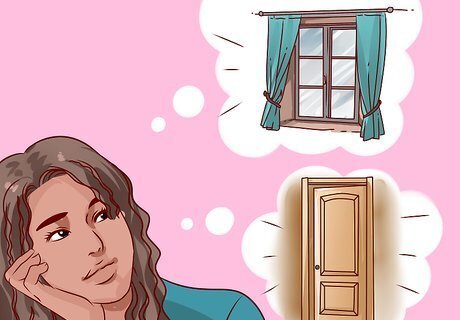
Identify safe areas of the house where you can go when you notice your partner's behavior escalating. These safe areas should be large and open, preferably with an exit such as a door or window. Avoid the kitchen since knives may be used as weapons, and avoid bathrooms since they are usually small and enclosed.
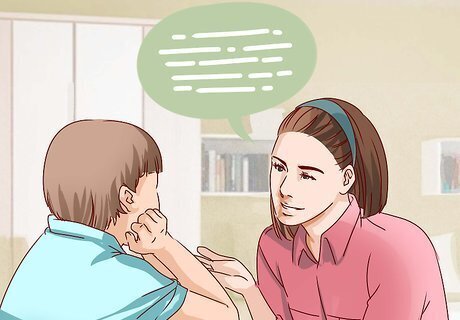
Develop a plan for getting to a safe area in the home, and ultimately leaving when faced with a violent situation. Share your plan with your children and frequently rehearse it. It is important to make sure all family members follow the same plan in an emergency so no one gets left behind if escape is necessary. Develop a code word to help your children understand when to initiate the plan. Share the code word with friends and family members so you can call for help without making it obvious to your partner. Keep your car filled with gas and unlocked. Hide a spare car key outside so you can make a fast getaway.
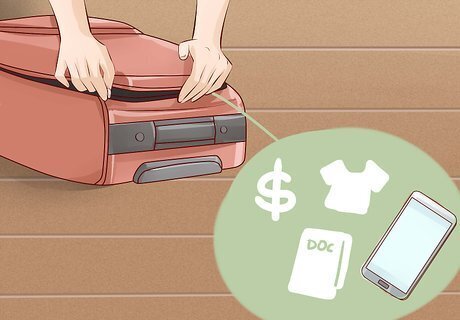
Pack an emergency escape bag. This bag should contain cash, clothes, supplies, copies of important papers (photo IDs, court records, birth certificates, passports, etc.) and your list of important contacts. Keep it at a trusted friend or family member's home so you can easily pick it up after you leave. If you take prescription medication, keep some along with the information sheets in your emergency bag. If you have pets, you might consider leaving some food for them at a trusted person's house in case you cannot leave your pet at a shelter.
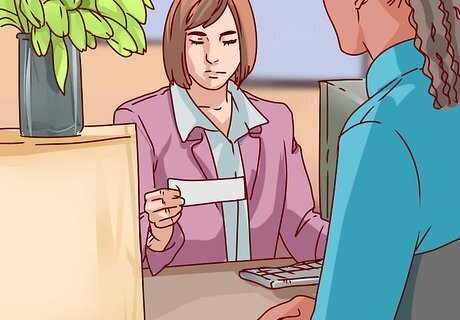
Open a bank account in your own name. One of the ways many abusers maintain their control of their victims is financially. If you can, open a bank account in your name. Keep a debit card for the account in your emergency bag.

Contact the police, an attorney, or legal aid through a domestic violence agency about your children. If your children are minors, your abuser may be able to accuse you of kidnapping if you take them with you when you escape. Get some legal advice about how to keep yourself and your children safe without putting yourself at risk of prosecution. Many domestic violence agencies can put you in touch with free or low-cost legal help.
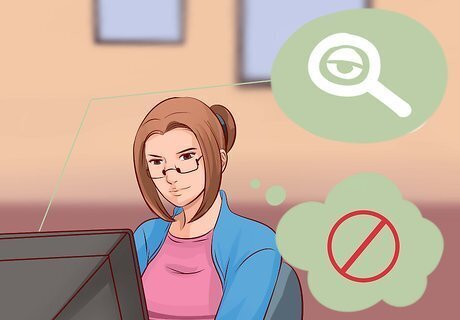
Don't disturb any monitoring devices. Many abusers monitor their victims' lives using things like hidden cameras, keystroke loggers on computers, etc. If you discover anything like this, don't disturb or destroy them. Doing so could alert your abuser that you're aware of his/her actions and could put you in further danger. If you can safely do so, take a photo or other record of these devices when you find them. This will help you prove abuse in court.
Protecting Yourself after You Leave
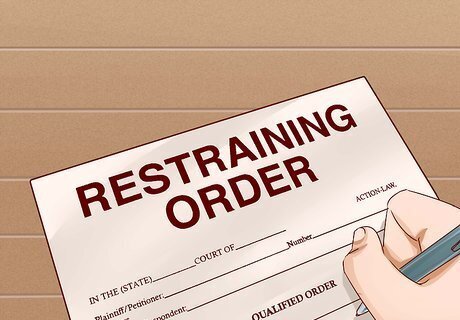
Seek a personal protection order. These orders are also known as “orders of protection” or “restraining orders.” These court orders will help protect you and your children from your abuser. You can usually obtain one at your local circuit or county court. Many domestic violence agencies will help you apply for one. They are always free, and in many cases, free or low-cost legal aid is available to help you. Bring a statement describing your situation in as much detail as possible. Bring any evidence, such as photographs, police reports, etc., of your abuser's behavior. Make sure that the order specifies that you have custody of any children. Once the order is issued, carry a copy with you at all times. This will help the police enforce it if your abuser attempts to harass you. Provide copies of the order to employers, your child's principal, and others in positions of authority.
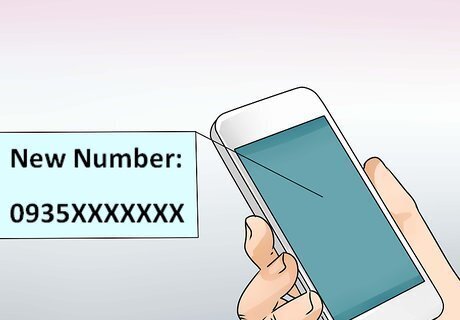
Protect your contact information. To protect yourself from harassment, immediately change your phone number. Get an unlisted, blocked number so that it can't be found easily by your abuser. Screen calls with caller ID and request your phone numbers not be listed in directories. Some states offer confidential mail forwarding services for domestic abuse victims so you can avoid giving out your physical address. A post office box can also help keep your street address private. You can also ask to forward your mail to a friend's house if necessary.

Close any bank and credit card accounts. This will help keep your abuser from running up huge bills in your name or wiping out your bank balances. Open up new accounts at a different bank.
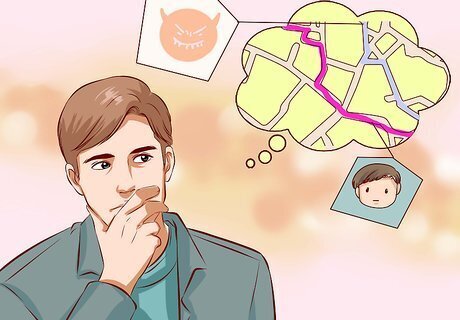
Change your routine. Take different routes home from work, and avoid shopping or visiting in the same locations. Stay away from places where your abuser might find you or look for you. Don't travel alone if you can avoid it. Ask a trusted friend or family member to go shopping with you or check in with you to make sure you get home from work safely. If you are staying in your home, change the locks.
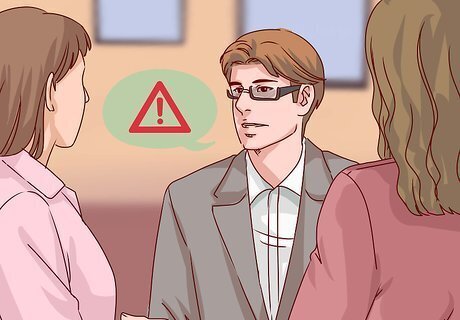
Alert your employer and your children's school. Give trusted people at your workplace and your children's school a copy of your protection order. Provide a photograph of your abuser so that they can notify the authorities if s/he shows up. Many employers take domestic violence seriously as an HR issue. Employers may have resources to help keep your abuser away from you at work. Make sure that your employer and your children's school know that they should never give your address or phone number to anyone. You can ask a security guard to walk you to your car if you feel unsafe.

Tell those around you that you just left an abusive home. Show pictures of your partner to your neighbors and the local police so they can be prepared if he comes through the neighborhood looking for you. Ask your neighbors to call the police if they see suspicious vehicles or people at your home.


















Comments
0 comment